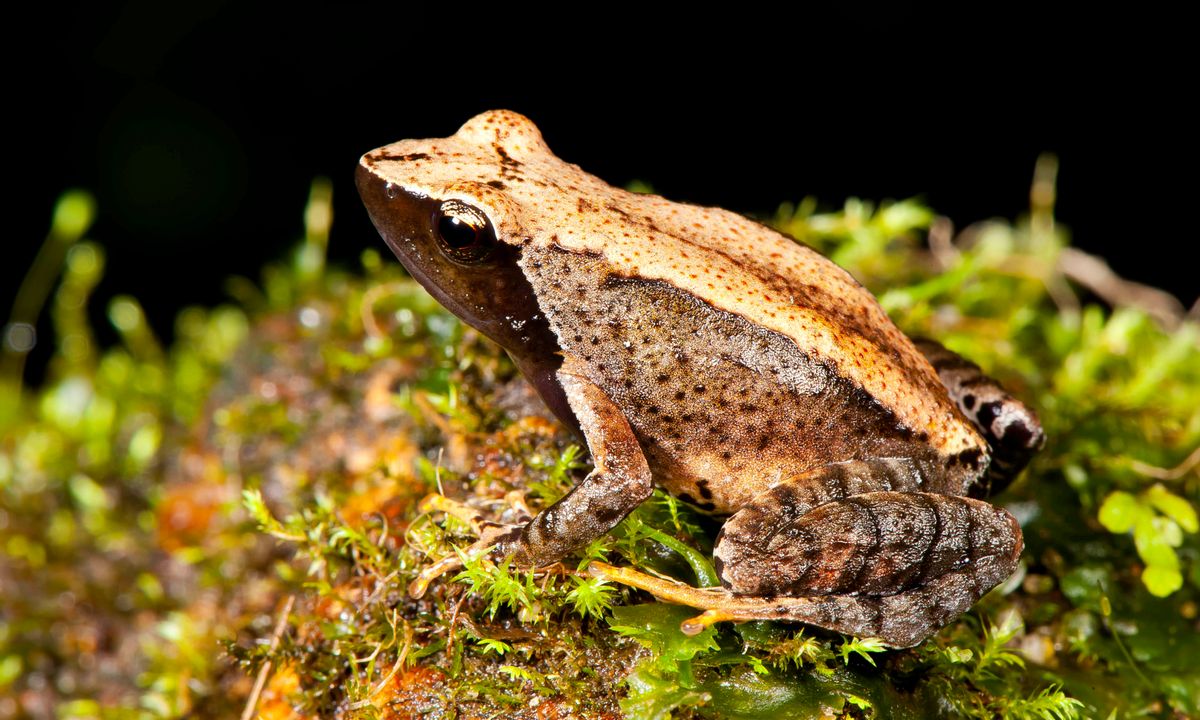Researchers in the mountains of southern India discovered 14 new species of dancing frogs -- named for their weird, leg-kicking mating dance -- bringing the total of known species up to 24. Unfortunately, that number is set to decline again, because the researchers also have 12 years of observations suggesting that the amphibians are in danger of going extinct.
While their observations were only anecdotal, the team said that forest soils are losing moisture, and that perennial streams, on which the frogs rely, are running inexplicably dry. "Compared with other frogs, these are so sensitive to this habitat that any change might be devastating for them," the project's lead scientist, University of Delhi professor Sathyabhama Das Biju, told the Associated Press. "Back in 2006, we saw maybe 400 to 500 hopping around during the egg-laying season. But each year there were less, and in the end even if you worked very hard it was difficult to catch even 100."
The AP has more on the many ecological challenges facing the Western Ghats, where the frogs were discovered:
The Western Ghats, older than the Himalayas, is among the world's most biologically exciting regions, holding at least a quarter of all Indian species. Yet in recent decades, the region has faced a constant assault by iron and bauxite mining, water pollution, unregulated farming and loss of habitat to human settlements.
A 2010 report by India's Environment Ministry also said the Ghats were likely to be hard-hit by changing rainfall patterns due to climate change, and more recent scientific studies have also suggested monsoon patterns will grow increasingly erratic.
India's government has been working to establish a vast environmental protection zone across the Ghats to limit polluting industrial activities and human encroachment, but it put the latest proposal on hold earlier this year.
Meanwhile, as India's population has grown to a staggering 1.2bn, at least 25% of the forests have vanished from the Ghats, which is now home to more than 325 of the world's threatened species of plants, birds, amphibians, reptiles and fish.
"It's like a Hollywood movie, both joyful and sad," Biju said. "On the one hand, we have brought these beautiful frogs into public knowledge. But about 80 percent are outside protected areas, and in some places, it was as if nature itself was crying,"

Shares